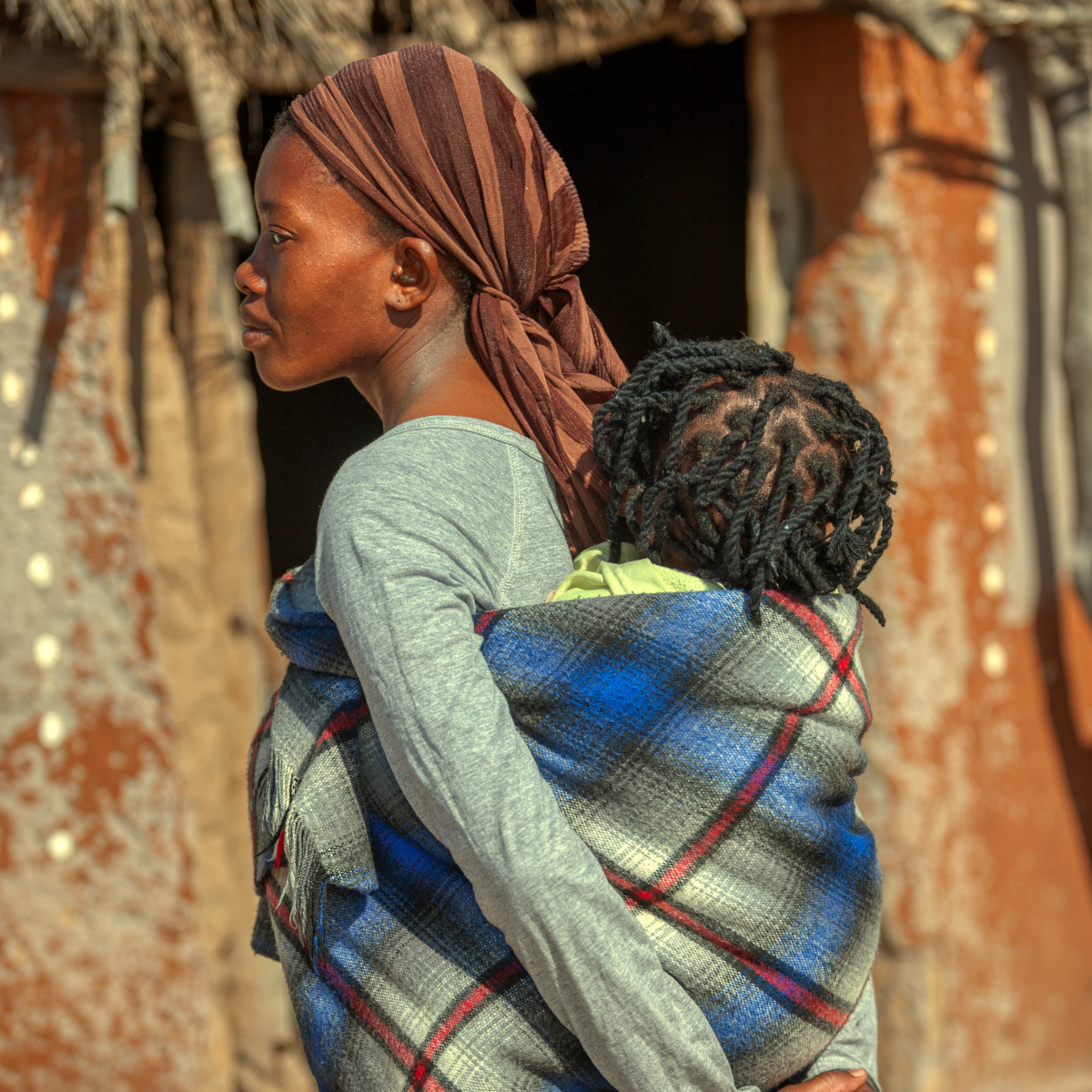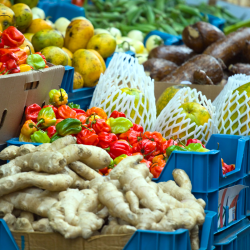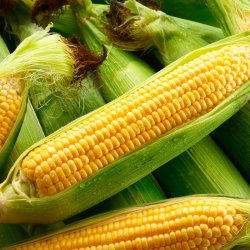Once the nation’s agricultural heartland, Nigeria’s Middle Belt supplied vast quantities of yams, maize, rice, and soybeans to markets nationwide. Today, that breadbasket is becoming a battleground. Across Benue, Plateau, Nasarawa, and Taraba, farmlands lie abandoned, communities are displaced, and hunger is spreading like a slow-burning fire into neighboring local government areas and states. Persistent insecurity, from herder–farmer clashes and armed banditry to kidnappings, has turned farming into a perilous venture, threatening not just rural livelihoods but the country’s food security as a whole.
Farms Turned Battlefields
Insecurity has surged across rural Nigeria in recent years. Communities that were once peaceful are now grappling with relentless attacks, forcing families to flee. These conflicts are often driven by competition over land and dwindling natural resources, pressures made worse by climate change and weak security governance (International Crisis Group, 2021). In Benue State alone, more than 1.5 million people have been displaced by violence, most of them subsistence farmers with no access to their land or means to rebuild their lives (Amnesty International, 2023). In June 2025, around 200 people were killed in fresh attacks, with many more forced to flee.
Food Production in Crisis
Agriculture remains the backbone of rural livelihoods, employing about 70 percent of Nigeria’s rural population (NBS, 2022). Yet, as insecurity pushes farmers off their land, production is collapsing. The removal of fuel subsidies has compounded the problem. Transport costs have skyrocketed, making it more expensive to move food from production areas to urban markets. The Food and Agriculture Organization (FAO) estimates that agricultural output in conflict-affected zones has fallen by 30 percent since 2019 (FAO, 2023). Staples like rice, yam, cassava, and maize are scarcer and more expensive, while export crops such as ginger, once produced in large volumes, are now harder to find.
Hunger and Inflation
The food crisis is feeding into an economic emergency. According to the National Bureau of Statistics (NBS), food inflation hit 40.66 percent in May 2024, the highest in recent history. Everyday staples are slipping out of reach for millions of Nigerians. The World Food Programme warned in 2024 that up to 26.5 million Nigerians could face acute food insecurity in 2025 if conditions did not improve. Now in 2025, the reality is proving even grimmer.
The Human Toll
Behind the statistics lies a profound human tragedy. Entire farming communities now live in overcrowded Internally Displaced Persons (IDP) camps across Benue, Plateau, and the Federal Capital Territory. An estimated 13 IDP camps currently host thousands of families. Children are missing school. Farmers have lost their land, livelihoods, and, in some cases, their lives. Each planting season lost to violence erodes not only food supplies but also the agricultural knowledge passed down through generations.
Government Efforts Falling Short
Government initiatives such as the National Livestock Transformation Plan (NLTP) and the deployment of Agro-Rangers show intent, but progress is uneven. Security operations like Whirl Stroke have delivered short-term gains without creating the lasting stability farmers need to return to their land (Vanguard, 2023). Many rural communities feel abandoned. Some residents attempt to defend themselves, often with fatal consequences. In one widely reported case, a farmer named Sunday Jackson fought off an attack on his farm, only to find himself facing a death sentence. Others have given up farming entirely, leaving once-fertile land to fallow or be overtaken by conflict.
What Must Be Done
Saving Nigeria’s food basket demands urgent, coordinated action. Strengthening rural security is non-negotiable, through well-trained local policing, community-based security systems, and sustained military presence in farming areas. Displaced farmers must be given the means to restart their livelihoods: land, tools, seeds, and access to markets. Land disputes between farmers and herders need structured mediation backed by enforceable legal frameworks. The adoption of climate-smart agriculture can help farmers cope with both environmental and conflict-driven shocks. Technology and targeted incentives can bring young people back into farming, ensuring that the next generation sees agriculture not as a dead end but as a viable, dignified profession.
Conclusion
Nigeria’s food basket is bleeding. The nation cannot afford to watch its most fertile region slide into famine and chaos. Without urgent intervention, the only harvest the country may reap is one of hunger, instability, and lost potential. A country that aspires to growth and robust economic outputs must produce as well as consume. This is not just a food security issue , it is a governance, security, and national survival imperative. Once known as the “Giant of Africa,” Nigeria now risks becoming a shadow of its former self. The path forward is clear: invest in peace, protect rural livelihoods, and reclaim the nation’s ability to feed itself. Anything less will be too little, too late.
References
Amnesty International. (2023). Nigeria: Benue’s displaced trapped in cycles of violence. www.amnesty.org
International Crisis Group. (2021). Ending Nigeria’s Herder-Farmer Crisis: The Livestock Reform Plan. www.crisisgroup.org
National Bureau of Statistics (NBS). (2022). Labour Force Statistics. www.nigerianstat.gov.ng
National Bureau of Statistics (NBS). (2024). Consumer Price Index Report (May 2024). www.nigerianstat.gov.ng
Food and Agriculture Organization (FAO). (2023). Nigeria Food Security Outlook. www.fao.org
World Food Programme (WFP). (2024). Nigeria Country Brief – April 2024. www.wfp.org
Vanguard News. (2023). Operation Whirl Stroke not enough to guarantee farmer safety. www.vanguardngr.com



